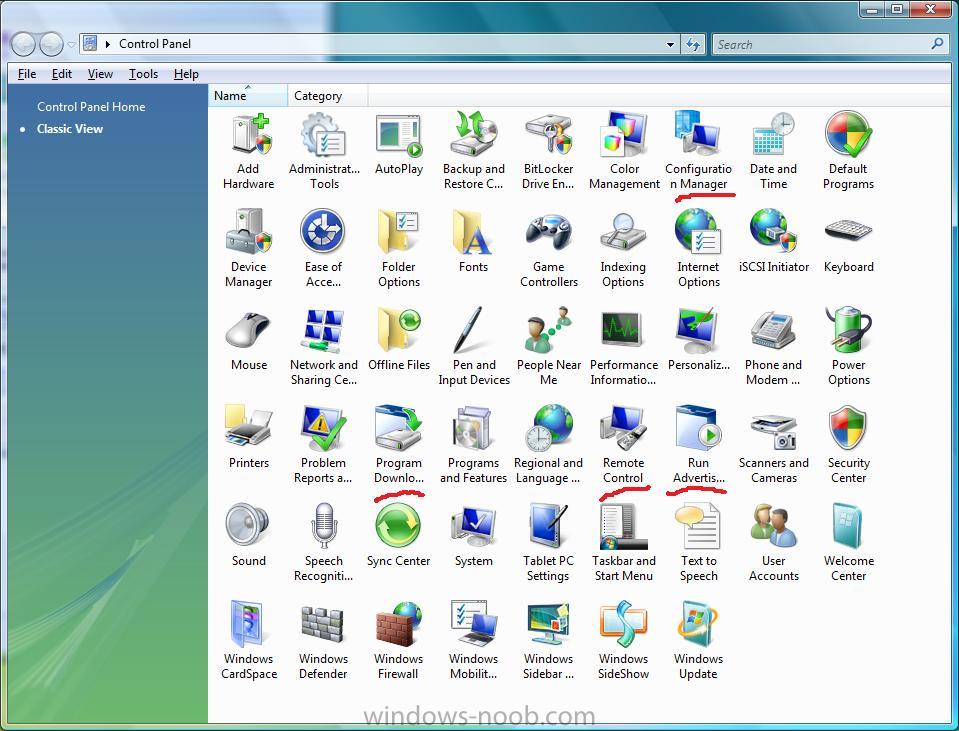

You can manage Windows 10 machines from Configuration Manager, which you can install SCCM on locally or remotely. If you’re wondering how to install SCCM on Windows 10, you’ve come to the right place. For this reason, it’s important to install the correct SCCM client. In addition, SCEP can also be used to manage the Windows Phone apps that run on those devices. In addition, SCEP can be installed on down-level systems, including Windows Server 2008 R2 SP1, Windows 7, and Windows 7.

Once you’ve enabled SCCM, you’ll be prompted to install the SCEP client on the devices you’re managing. READ ALSO: How Do I Install Wamp on Windows 10? In the details pane, click on the “System Configuration Manager” option. Click the check box next to the application. Once you have purchased the tool, open Control Panel and look for “System Management.” In this panel, click on the corresponding tab and enable System Configuration Manager. To enable SCCM, first you must purchase the tool and install it. Afterward, click OK to close the dialog box. If not, you can enable the feature by clicking on the checkbox next to the action you want to perform. The list of tabs will show whether SCCM components are installed on the thin client device. Look for the Configuration Manager properties tab. Then, expand the Configuration Manager node. To enable SCCM in Windows 10, open the Control panel and click on the Small Icons button.

You can also open SCCM from the Task Manager to check for any errors. You can change the icon to view different types of files. After installing the client, you can view its properties and settings. In the next step, click the installation icon of the SCCM client. If you cannot locate SCCM, you can look at the error code or version of the client that is missing. You will need to install the SCCM client if you have not already done so.

You can locate it in the Software Center or Control Panel. When you try to install SCCM on Windows 10, you will first have to locate the SCCM client.


 0 kommentar(er)
0 kommentar(er)
